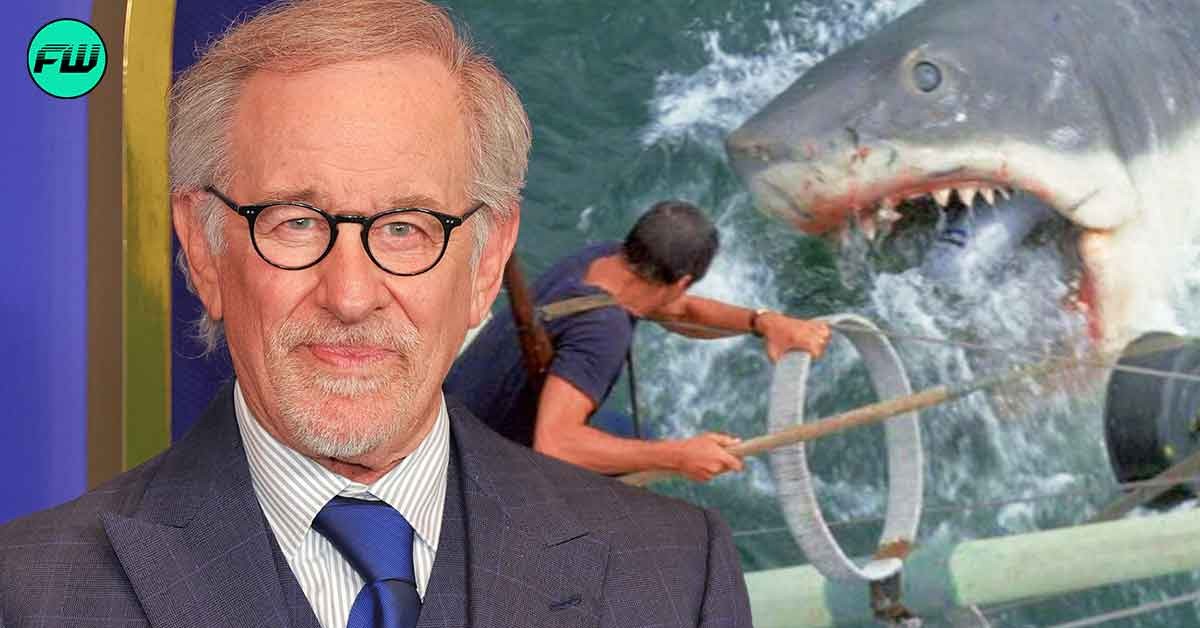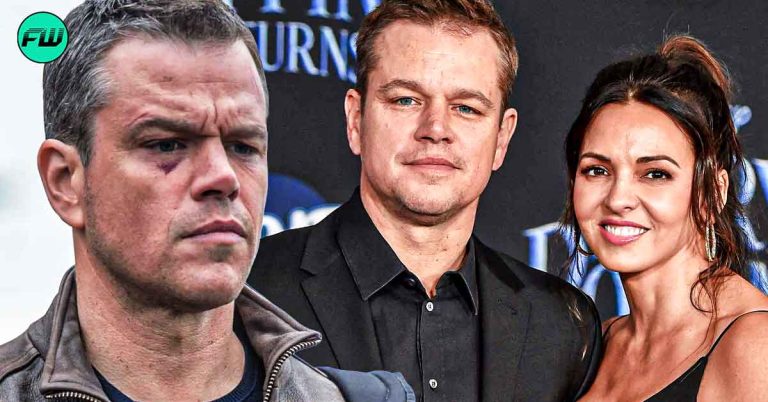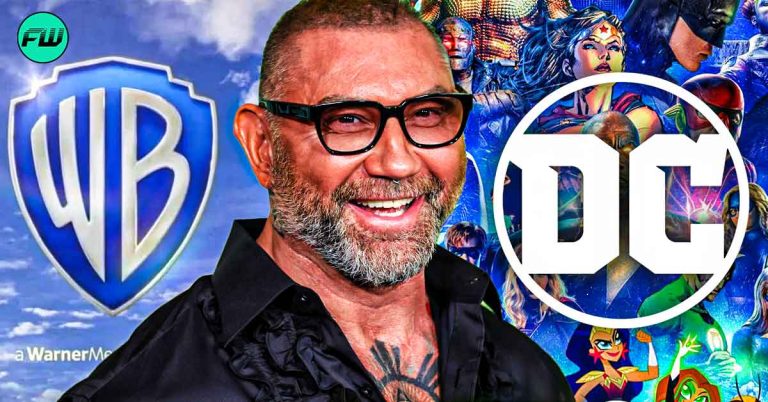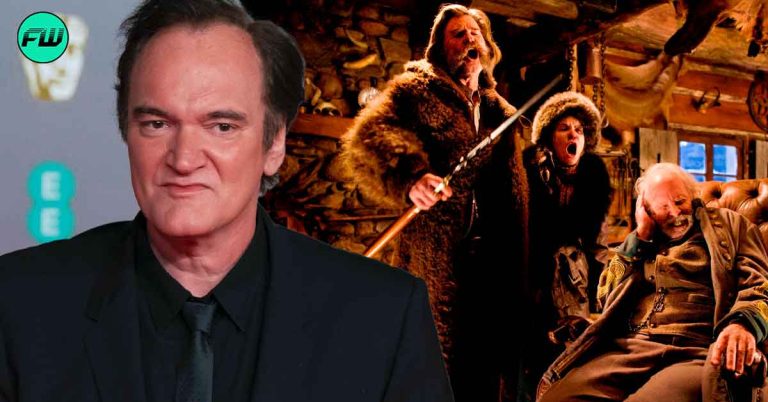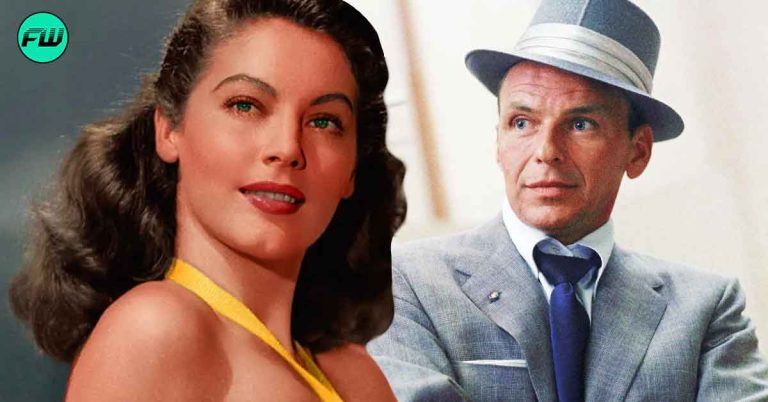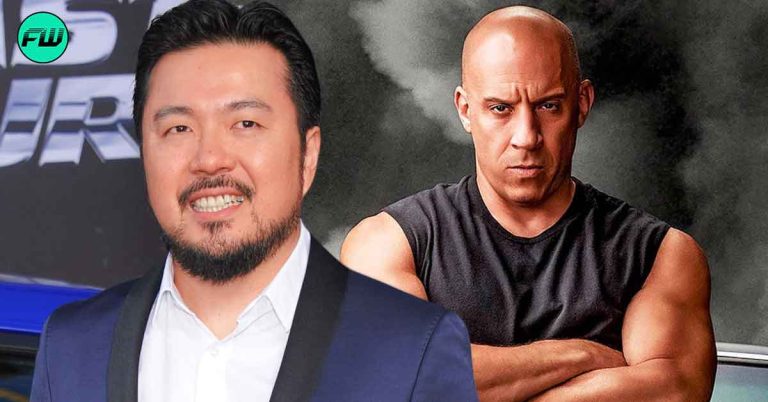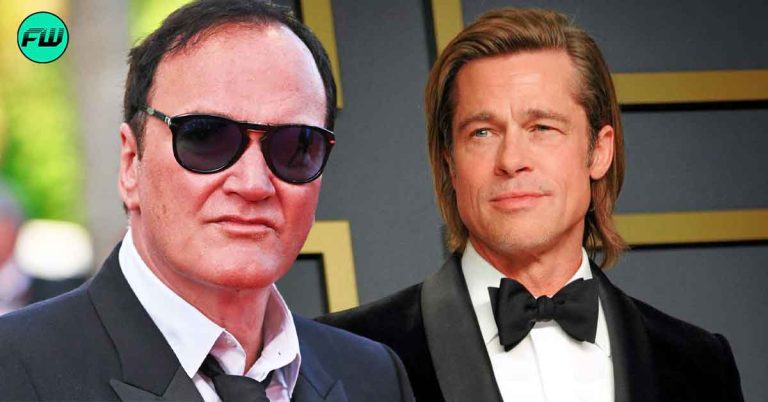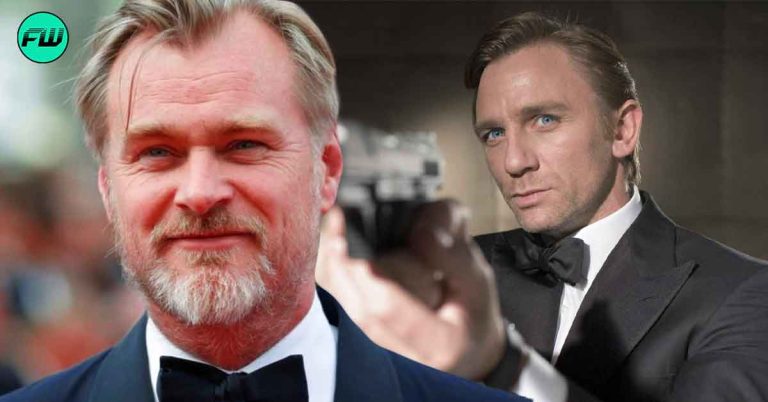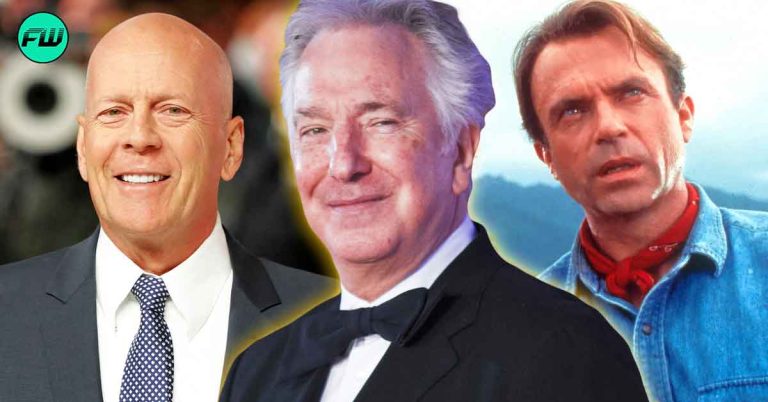Jaws (1975) is one of Steven Spielberg’s most iconic films in his filmography. It is considered by many critics and cinephiles as his most perfect movie that delivers the chills and the thrills of what it feels like to be terrorized by a killer shark. The movie is astounding in the way it never shows the shark for the majority of the film, but that makes the threat all the more scary and terrifying. Spielberg recently sat down for an interview, going in-depth about the making of the film while talking about his new book Spielberg: The First Ten Years. He specifically mentioned the dangers and risks the crew faced while shooting the iconic opening shark kill.
Steven Spielberg took Rigorous Precautions to Maintain Safety and Authenticity
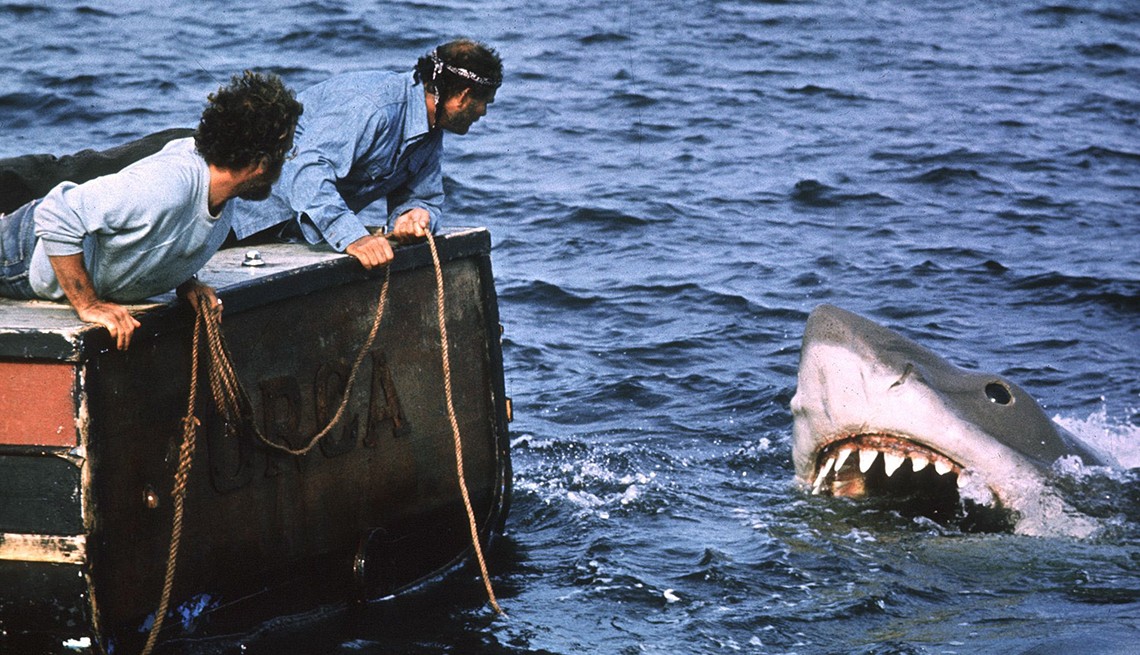
In his interview with Vanity Fair, talking about his book, Steven Spielberg recounts several anecdotes regarding the production of Jaws, and how several precautions were taken to ensure safety while maintaining authenticity and realism. He specifically talks about the iconic opening scene involving the character Chrissie and her terrifying death from the shark attack. He talks bout the extensive prep for the scene saying,
“She had a harness on. There were two eye rings in it, and wires that led to two stakes in the beach. Five crew were on one side, and five crew on the other, and they basically pulled Susan. There was a ribbon hanging from the wire, and when it got to one of the stakes, they had to stop pulling and the other team took over and pulled the other way. What you didn’t want to have happen was for both teams to pull at the same time.”
He also adds that the production took extra safety for her to release the wire if anything went wrong and every step had to be perfectly staged, choreographed, and carried out to authentically portray the terror of a shark attack.
Steven Spielberg is an Articulate Man and a Visionary

Spielberg is always known to bring a sense of emotional and personal connection to his films along with bringing a variety of stories, ranging from real-life drama and fantasy stories. He also tries to maintain a sense of relatability and believability in whatever story he tells, thus making him a master filmmaker. This story from the making of Jaws is expected from an articulate filmmaker like him who always tries to bring authenticity and realism to something as terrifying as a shark attack.
His range regarding the work he does is admirable. E.T The Extra-Terrestrial (1982). Jaws (1975), Duel (1971), Saving Private Ryan (1998), Schindler’s List (1993), and the Indiana Jones (1981-2008) franchise to name a few, are all vastly different films, yet he makes them his own and delivers a great product. He has a masterful ability to deliver a plethora of genres and make them great pieces of cinema.
The Legacy of Jaws
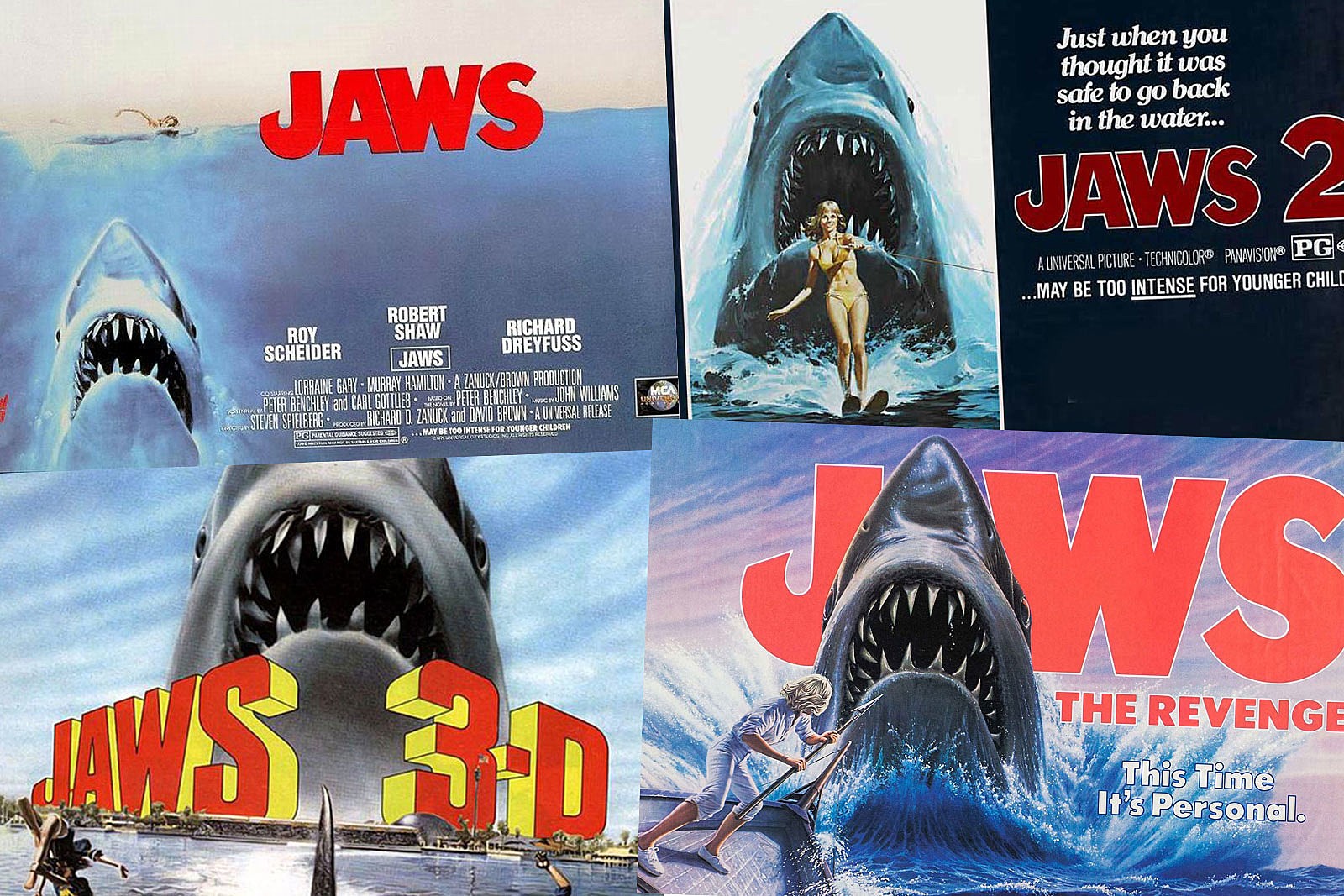
The film which starred Roy Schieder, Richard Dreyfus, Robert Shaw, Lorraine Gary, and Murray Hamilton in prominent roles received critical acclaim and immense love from audiences when it was released in 1975. It became a huge blockbuster grossing $476 million with just a $9 million production budget. It was nominated for Best Picture at the Oscars and won three other categories including Best Editing, Best Sound Mixing, and Best Film Editing.
The huge success of the film led to the release of three sequels namely Jaws 2 (1978), Jaws 3-D (1983), and Jaws: The Revenge (1987), with Spielberg not attached to making any of them. Although the second film got decent reviews and box office collections, the last two were not received well by critics and audiences.
Source: Vanity Fair

